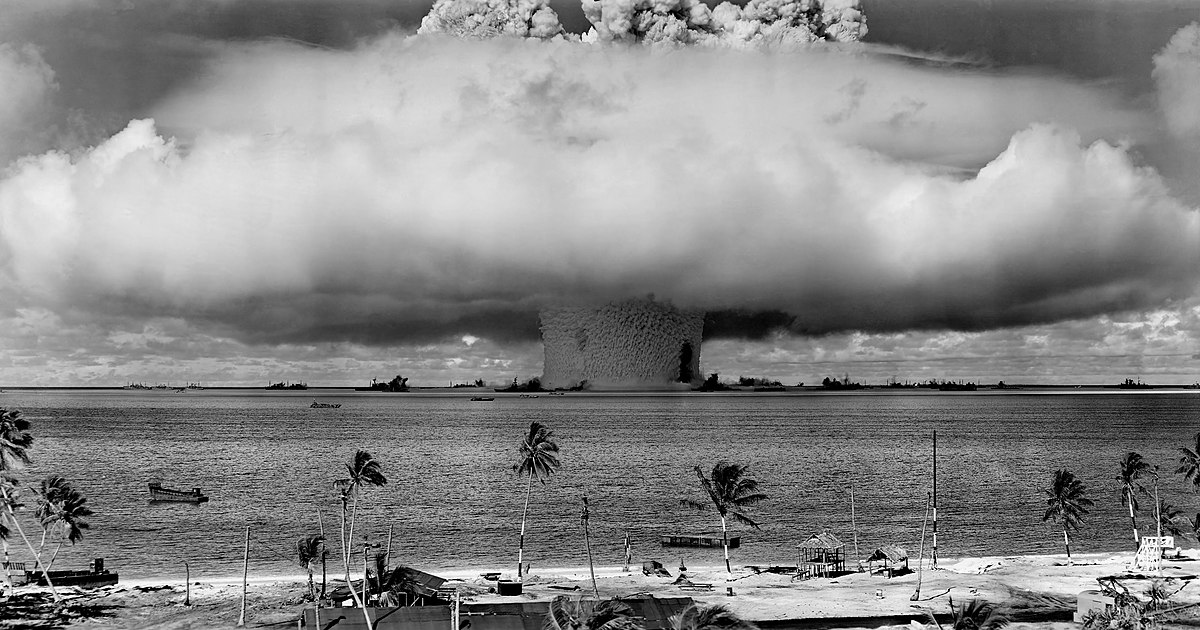 | ||
This page is a list of environmental disasters. In this context it is an annotated list of specific events caused by human activity that results in a negative effect on the environment.
Contents
Agricultural
Biodiversity
Human health
Industrial
Coordinates of the Industrial Environmental Disasters found on this page, shown in Google. Complete with the Wikipedia descriptions listed below built into each location.
Mining
Coal mining
Oil industry
Nuclear
Air/land/water
Air
Land
Water
Marine
References
List of environmental disasters Wikipedia(Text) CC BY-SA
